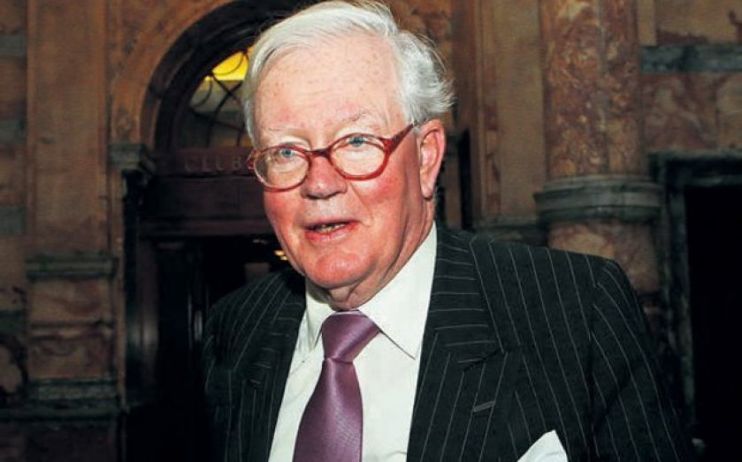Here’s to an extraordinary church and a remarkable banker

To St Paul’s, where one of the City’s founding fathers is being celebrated.
It is the 300th anniversary of the death of Sir Christopher Wren this year, and the cathedral at the heart of our national life is celebrating the great builder with an exhibition in the crypt of the Ludgate Hill landmark.
It is a remarkable picture of a man who was so famously commemorated in the words of his son: si monumentum requiris, circumspice — if you seek his monument, look around you.
Wren’s churches, which still dot the City, remain masterpieces. But perhaps most interesting is that whilst Wren’s design and dome have stood the test of time, the cathedral has been no stuck-in-time affair.
The Victorians decided the interiors were too dull, dirty and austere (Queen Victoria in particular was not a fan) so added a phalanx of glittering mosaics into the stonework.
Then, after the impact of World War II – when the cathedral survived two bombing attacks, one of which had it not been for the quick work of a bomb disposal unit would have surely destroyed the cathedral in full – further restorers added to the church interior with an extraordinary baldachin, a sort of canopy, at one end.
Much like the City itself, the great cathedral has evolved through the centuries to remain relevant to modern tastes, and become a more remarkable place for its changes.
If St Paul’s is one of our physical landmarks in the Square Mile, then Sir Win Bischoff must be described as one of our more corporeal lodestars.
A lifelong banker with an extraordinary career who garnered the respect of all those who met or worked with him, Sir Win has passed away, and he will be sorely missed.
The tributes paid to him yesterday were entirely in keeping with one of the City’s most well-respected figures, and in his own way he too can claim to have left his monument in the shape of the modern Square Mile. Rest in peace.
